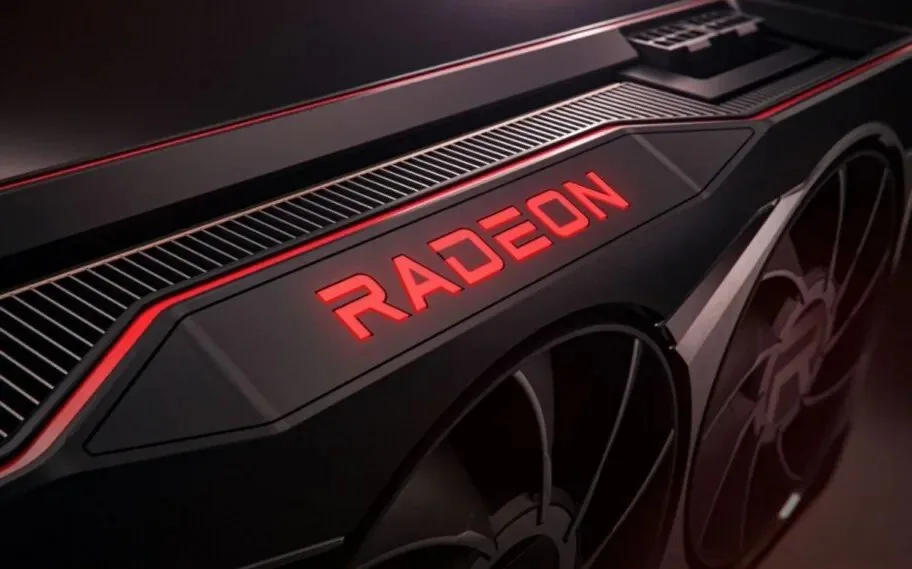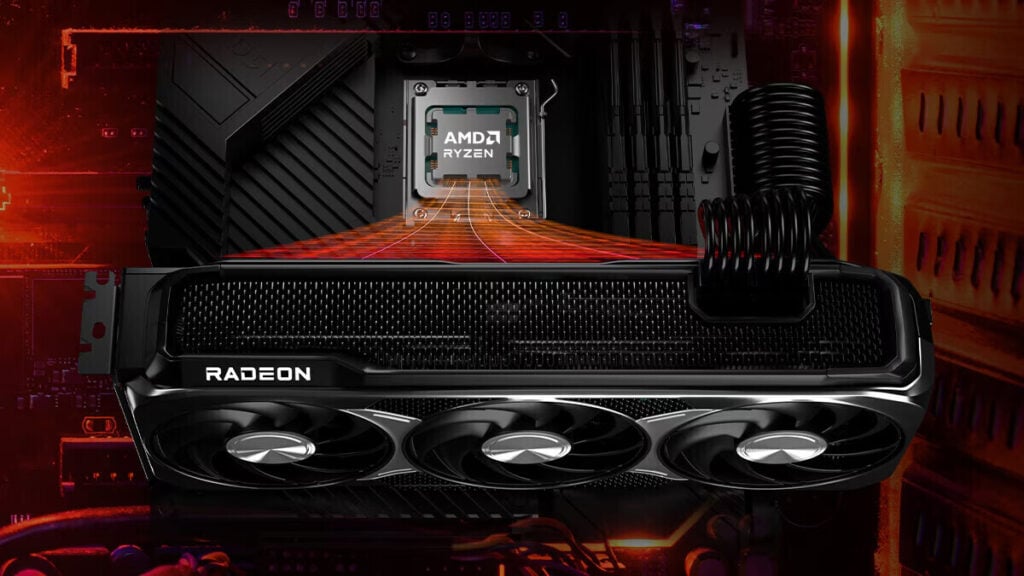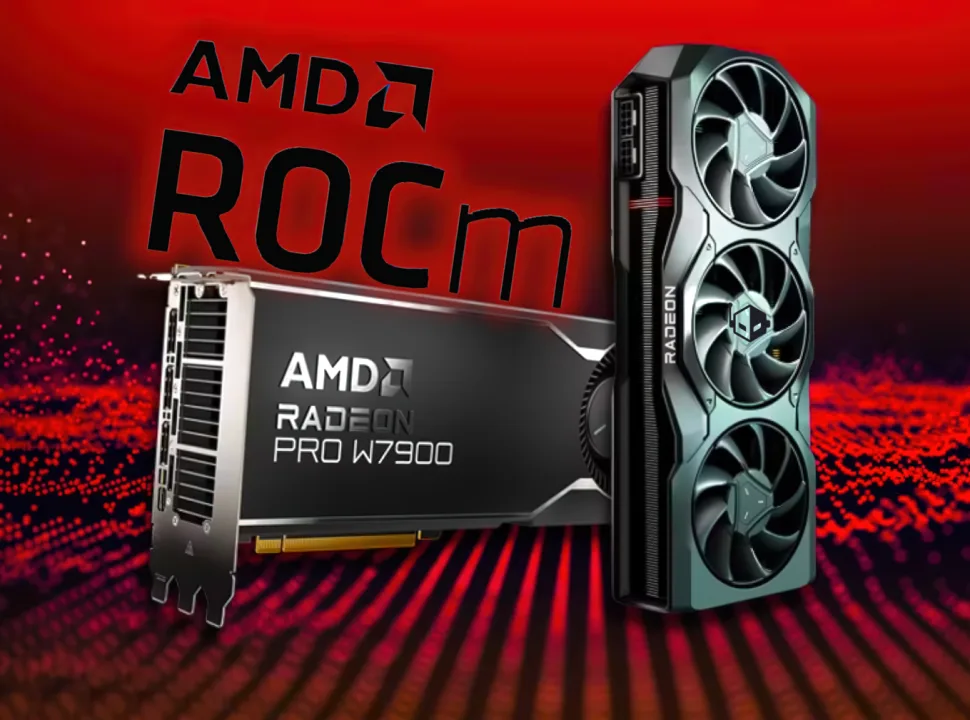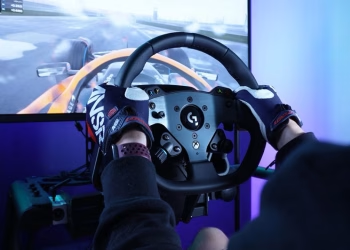AMD is quietly expanding its professional GPU lineup with two new Radeon AI PRO R9000 series graphics cards based on RDNA 4 architecture. References to the R9700S and R9600D have surfaced in AMD’s support pages and Linux drivers, hinting at imminent launches potentially during CES 2026. Here’s everything we know about these mysterious new workstation GPUs.
Table of Contents
Quick Overview: AMD Radeon AI PRO R9000 Expansion
| Model | Architecture | Expected Configuration | Target Market | Launch Window |
|---|---|---|---|---|
| R9700S | RDNA 4 (Navi 48) | Passive cooling variant | Data centers / Servers | CES 2026 |
| R9600D | RDNA 4 (Navi 44) | Cut-down / China-compliant | China market initially | Q1 2026 |
| R9700 (Current) | RDNA 4 (Navi 48) | 32GB GDDR6, blower cooler | AI workstations | Available ($1,299) |
What We Know About the R9700S
Server-Focused Passive Design
The R9700S is described as a server-focused variant switching to passive cooling for data-center systems that rely on chassis airflow, departing from the blower-style cooler found on the standard R9700. This strategic shift addresses a critical need in rack-mounted AI inference systems where multiple GPUs operate in confined spaces.
The naming convention suggests this could also be AMD’s first mobile RDNA 4 GPU. The AMD Radeon AI PRO R9700S could be a top-tier RDNA 4 offering for laptops, offering the Navi 48 GPU core with up to 32 GB of VRAM, potentially competing directly against NVIDIA’s RTX 5090 laptop GPU which also features 32GB VRAM.
If you’re tracking the latest developments in professional GPU technology, our AMD graphics card reviews provide comprehensive benchmarks and real-world testing across workstation applications.

Expected Specifications (Based on R9700)
Since the R9700S derives from the existing R9700 architecture, we can reasonably expect similar core specifications:
- GPU: 4nm Navi 48
- Compute Units: 64 RDNA 4 CUs
- Stream Processors: 4,096
- AI Accelerators: 128 (2nd generation)
- Memory: 32GB GDDR6 (20 Gbps)
- Memory Interface: 256-bit
- Bandwidth: 640 GB/s
- Infinity Cache: 64MB (3rd generation)
- Compute Performance: Up to 191 TFLOPS FP16
- AI Performance: 1,531 TOPS INT4
- TDP: 300W (standard) / Optimized for passive (S variant)
The Mysterious R9600D: China-Compliant Variant?
Decoding the “D” Designation
Unlike the “S” label which has been used on mobile chips, the “D” label hasn’t been used at all by AMD. However, NVIDIA has employed the “D” designation for export-compliant Chinese market GPUs, suggesting AMD may be following a similar strategy.
Given the name of the W7900D and the fact that it is only listed in China, it is safe to assume that the R9600D is a China-exclusive model for now. This positioning mirrors AMD’s Radeon PRO W7900D, which also targets the Chinese professional market with region-specific configurations.
The R9600D appears built on the Navi 44 GPU architecture—a cut-down variant offering reduced compute capabilities while maintaining competitive AI inference performance for local development workflows.
For context on AMD’s broader GPU strategy and how these professional cards fit into the ecosystem, check out our RDNA architecture deep-dive.
How R9700 Sets the Foundation
Current Flagship Specifications
The existing Radeon AI PRO R9700 launched in October 2024 at an attractive $1,299 price point, establishing itself as a compelling option for AI developers and content creators seeking local inference capabilities without cloud dependencies.
Key Features:
- Memory-First Design: 32GB GDDR6 handles large language models locally
- PCIe Gen 5 Support: Lightning-fast data transfers and multi-GPU scalability
- Dual Cooling Variants: XFX, ASUS, and Gigabyte offer blower and turbo designs
- AI Optimization: 2nd-gen AI accelerators deliver 2x better AI performance vs. previous generation
- No Data Center Restrictions: Designed specifically for workstation deployment
Real-World AI Performance
Testing as of May 2025 by AMD shows competitive performance using Vulkan Llama.cpp 1.28 for inference workloads, with the R9700 demonstrating strong capabilities in local LLM deployment scenarios.
Popular applications for content creators and AI developers include:
- Running DeepSeek R1 and similar 8B parameter models
- Local Stable Diffusion image generation
- Video transcoding with AI upscaling
- Real-time AI coding assistants
- Multi-modal AI model development
If you’re building an AI workstation, our PC build guides walk through optimal configurations for various workloads and budgets.

CES 2026: Expected Announcement Timeline
Based on discovery patterns and AMD’s typical product launch cadence, we expect to hear more about these consumer-grade AMD Radeon AI PRO R9000 “RDNA 4” GPUs at CES 2026, which makes perfect sense for AI-related product announcements.
What to Watch For
At CES 2026 (January):
- Official specifications and pricing for R9700S and R9600D
- Availability timelines and regional distribution plans
- Partner ecosystem announcements (XFX, ASUS, Gigabyte)
- Software optimization updates for AI frameworks
- Potential additional R9000 series variants
Beyond CES:
- Global availability expansion for R9600D
- Mobile R9700S laptop integrations
- Third-party custom designs and cooling solutions
- Enterprise deployment case studies
Competitive Landscape: AMD vs NVIDIA
Professional GPU Market Positioning
AMD’s R9000 series strategy directly challenges NVIDIA’s professional GPU dominance, particularly in the AI inference segment where memory capacity often matters more than raw compute performance.
Key Competitive Advantages:
- Price-to-Memory Ratio: $1,299 for 32GB vs. NVIDIA’s premium pricing
- Open Ecosystem: Better Linux support and fewer vendor lock-in concerns
- Multi-GPU Scalability: PCIe Gen 5 enables efficient scaling
- Local AI Focus: Optimized for on-premise development workflows
NVIDIA’s Advantages:
- CUDA Ecosystem: Broader software support and optimization
- Tensor Core Technology: Superior training performance
- Enterprise Support: More mature professional driver stack
- AI Framework Integration: Better day-one support for new frameworks
For comprehensive GPU comparisons across gaming and professional workloads, visit our graphics card benchmarks section.

Who Should Consider R9000 Series GPUs?
Ideal Use Cases
AI Developers & Researchers:
- Running large language models (7B-13B parameters) locally
- Training small-to-medium neural networks
- Experimenting with open-source AI frameworks
- Avoiding cloud subscription costs
Content Creators:
- AI-enhanced video editing and upscaling
- Stable Diffusion and image generation workflows
- Real-time AI filters and effects
- Multi-stream rendering with AI denoising
3D Artists & Designers:
- GPU-accelerated viewport rendering
- AI texture generation and enhancement
- Real-time ray tracing previews
- Large scene file manipulation
Enterprise Workstations:
- On-premise AI inference servers
- Multi-user development environments
- Secure, air-gapped AI deployments
- Cost-effective inference scaling
Skip If You Need:
- Maximum CUDA software compatibility
- Highest training performance for large models
- Data center-grade reliability features
- Enterprise support contracts and certifications
The Linux Driver Connection
The latest Linux drivers from AMD support the Chinese-compliant Radeon PRO W7900D and also list support for the R9600D, providing concrete evidence of imminent launches beyond mere speculation.
This Linux-first approach aligns with AMD’s commitment to open-source development communities, where professional GPUs often see adoption before consumer markets fully embrace new architectures.
Final Thoughts: Expanding Professional Options
AMD’s quiet expansion of the Radeon AI PRO R9000 lineup demonstrates strategic thinking about diverse market needs. The passive-cooled R9700S addresses data center demands, while the R9600D potentially opens new regional markets with compliant configurations.
For AI developers and content creators seeking powerful local inference capabilities without breaking the bank, the R9000 series represents a compelling alternative to NVIDIA’s premium professional offerings. The $1,299 entry point with 32GB memory establishes a new value proposition that could reshape professional GPU market dynamics.
As CES 2026 approaches, expect more details about specifications, availability, and partner ecosystem support. Until then, the current R9700 remains available for those ready to embrace RDNA 4’s AI capabilities today.
For the latest updates on AMD GPU releases and comprehensive reviews, bookmark our GPU news section and follow our hardware coverage.
Stay tuned to Wccftech and official AMD announcements for breaking developments.
Are you planning to build an AI workstation with AMD’s R9000 series? Share your thoughts and use cases in the comments below!








